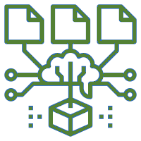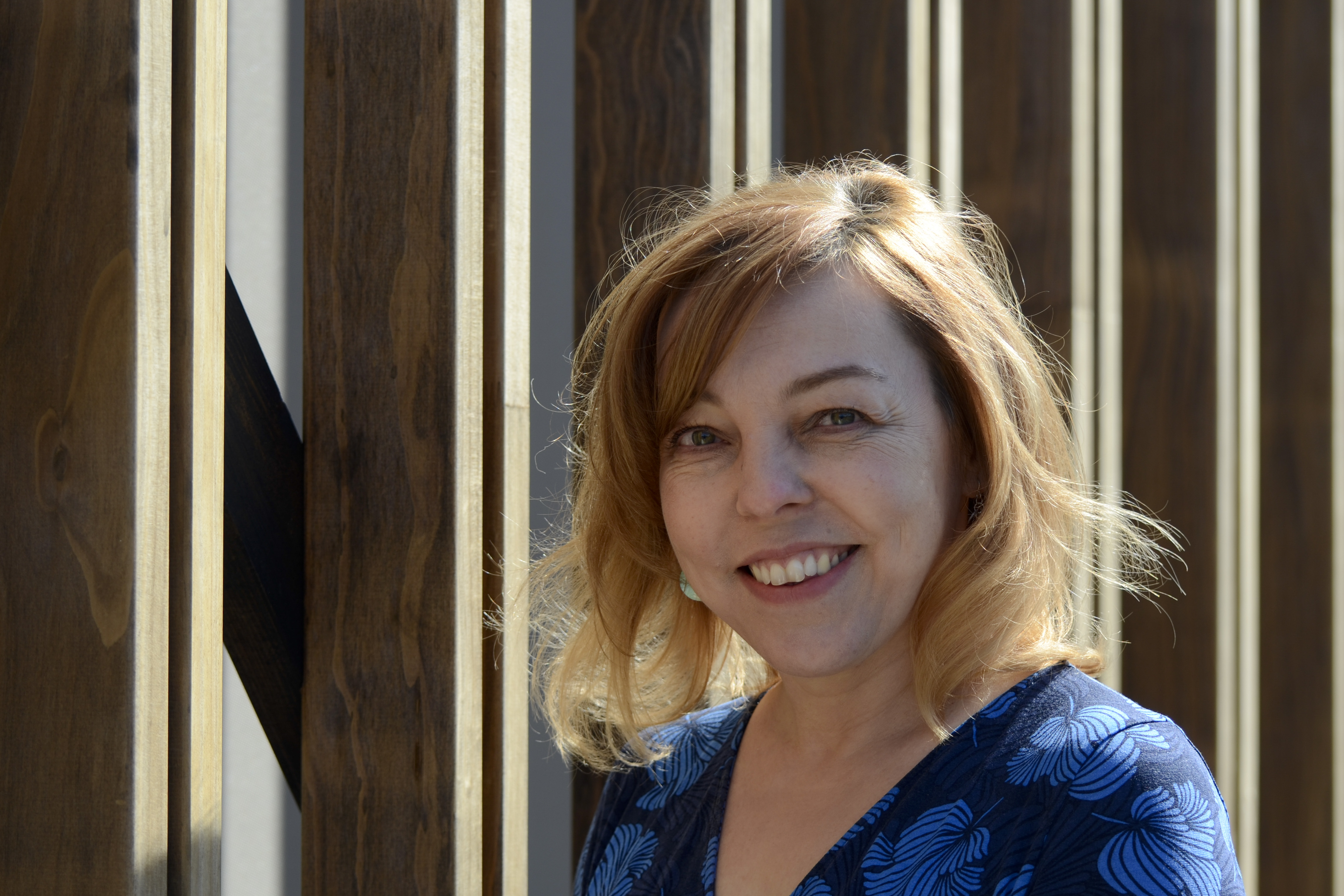Over five years, ARCHI-SKIN researchers will explore the design principles underlying fungal biofilm to advance the knowledge of the chemistry-structure-properties of its biological system, including biofilm formation, structure, function and performance. The project will go beyond laboratory routines and use the latest tools in life cell imaging, data science and machine learning. The idea is to develop a bioactive protective coating system that works in harmony with nature and benefits from the synergetic efforts of living fungal cells, bio-based ingredients and bioinspired concepts for materials design.
Dr. Sandak and her team will develop a biofilm that protects biomaterial, concrete, plastic and metal surfaces. One remarkable functionality will be its natural self-healing property. ARCHI-SKIN’s novel approach to materials protection will advance the development of engineered living materials that can interact, adapt and respond to environmental changes. The project will provide a new dimension that has not existed for materials—life—and change how we perceive, experience, understand, design, use and transform materials.

Image: Faksawat Poohphajai (InnoRenew CoE)
Dr Anna Sandak is currently the leader of the Materials Department at InnoRenew CoE in Slovenia, which consists of an interdisciplinary team of twelve researchers from eight different countries. Her team includes chemists, physicists, material scientists, biologists, and psychologists. PI is leading the research according to two main priority topics:

implementation of biomimetic principles for the development of new materials and modification processes, and

the use of a multiscale modelling approach to understand the physicochemical properties of materials. Its mission is to create new functionalities for bio-based materials based on a deep knowledge of material properties and an understanding of transformation mechanisms.

Image: Aleksander Zdjarsky
This site was created with the Nicepage